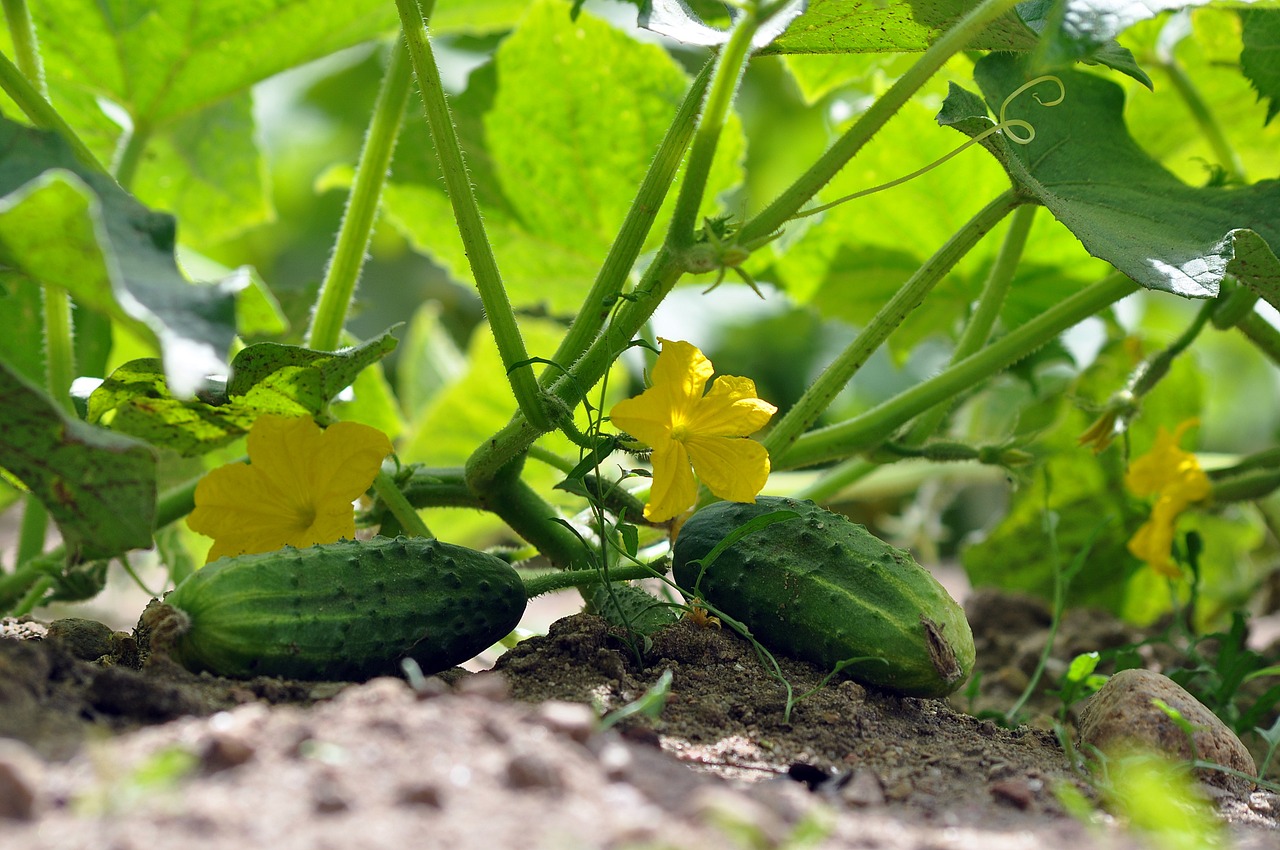Cucumber Growth Stages. Cucumbers (Cucumis sativus) are a popular and nutritious vegetable, widely cultivated around the world. As a member of the Cucurbitaceae family, cucumbers share similarities with other plants such as squash, melons, and pumpkins.
Understanding the cucumber growth stages is essential for successful cultivation, as it helps gardeners and farmers optimize their care and harvest strategies.
Different Cucumber Growth Stages
Cucumber Seed Germination Stage (0-10 days)
The first growth stage of a cucumber is seed germination. The process begins when the seed absorbs water, swelling and breaking through the seed coat. Germination typically occurs within 3-10 days, depending on factors such as temperature, moisture, and seed quality.
The ideal temperature for cucumber seed germination is between 60-95°F (15-35°C). Too much moisture may cause seeds to rot, while too little can prevent germination. Ensure that seeds are planted in well-draining soil and kept moist but not waterlogged.
Cucumber Seedling Emergence Stage (7-14 days)
Following successful germination, the seedling emerges from the soil. This process usually takes 7-14 days after planting. Initially, the seedling develops a pair of rounded leaves called cotyledons, which provide energy and nutrients for the young plant.
As the seedling grows, it develops its first set of true leaves. During this stage, it is crucial to provide ample light, maintain consistent moisture, and protect the seedlings from pests and diseases.
Vegetative Growth (14-40 days)
The vegetative growth stage is characterized by rapid growth and the development of leaves, stems, and roots. This phase typically lasts between 14 and 40 days, depending on the cucumber variety and growing conditions.
During this stage, the plant focuses on producing foliage and establishing a robust root system to support future fruit production. Providing adequate sunlight, water, and nutrients is essential during this stage. Cucumber plants require 6-8 hours of direct sunlight per day, and a balanced, slow-release fertilizer can be beneficial in promoting healthy growth.
Flowering and Pollination Stage (20-50 days)
Flowering begins around 20-50 days after germination. Cucumber plants produce both male and female flowers on the same plant, making them monoecious. Male flowers typically appear first and are more abundant, while female flowers have a small, immature cucumber at their base, known as an ovary.
Pollination is essential for fruit production, as pollen from male flowers must be transferred to female flowers. This process is typically carried out by insects such as bees, but manual pollination can also be done if pollinators are scarce or if plants are grown indoors.
Fruit Development Stage (30-60 days)
Following successful pollination, the immature cucumber begins to develop rapidly, filling with water and nutrients from the plant. Fruit development can take anywhere from 30 to 60 days, depending on the cucumber variety and growing conditions.
During this stage, it is essential to provide consistent water and nutrients to support fruit growth. Cucumbers are made up of 95% water, so maintaining proper soil moisture is crucial. Avoid over-watering, which can lead to root rot or disease.
Cucumber Fruit Maturity Stage (45-70 days)
As cucumbers reach maturity, their growth rate slows down. Depending on the variety, the time it takes for cucumbers to reach maturity can range from 45 to 70 days after germination. The physical characteristics of a mature cucumber vary depending on the type, but common indicators include a uniform color, firm texture, and size appropriate for the specific cultivar.
For instance, slicing cucumbers are usually harvested when they are 6-8 inches long, while pickling cucumbers are typically picked at 3-4 inches.
It is essential to harvest cucumbers regularly, as overripe fruits can become bitter and may inhibit the production of new fruits. Use a clean, sharp knife or pruning shears to cut the cucumber from the vine, leaving a short stem attached to the fruit. Frequent harvesting encourages continuous fruit production and ensures a steady supply of fresh cucumbers throughout the growing season.

